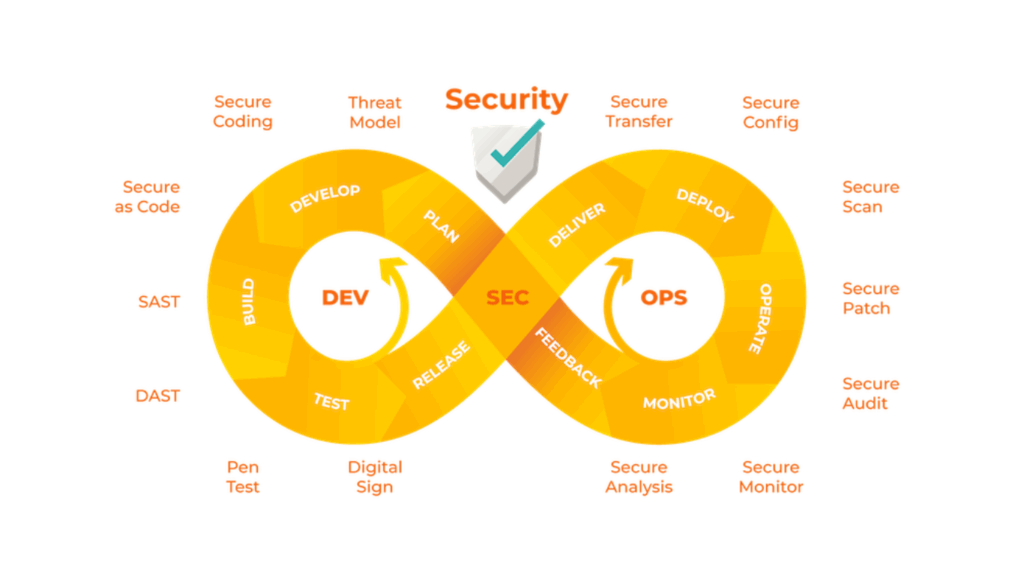Have you heard of a casino being hacked with the use of a fish tank? It might have felt like a cliched plot surprise and too much to watch anything like this in a movie. But because it actually occurred, businesses were once again reminded of the value of security testing.
The Value of Penetration Testing
Globally, people have grown more reliant on a variety of digital services, including telehealth services, video conferencing tools, and entertainment apps. Additionally, as the world becomes increasingly digital, people face a greater number of risks online. Building a solid infrastructure that can withstand a multitude of potential threats is made possible by involving security testing providers in the software development process. Ethical hacking is just one aspect of security testing. It comprises revising business procedures and infrastructure, conducting a quality audit of the SDLC pipeline, and much more.
What Is Penetration Testing?
Penetration testing, often known as pen testing, is a simulation of a cyberattack carried out under certain constraints by ethical hackers. A pentest differs from a real attack because of these limitations. They consist of Law (how much a team can break without breaking law) (how much a team can break without breaking the law). Time (the tests have a predetermined timeline) (the tests have a set timeline). Budget (it usually relies on the time and effort required for testing) (usually depends on the time and effort required for testing). Depth (how far the team will go to break into the system) (how far the team will go to break into the system).
Technically speaking, penetration testing is a cautious and compromising method of hacking. The specialists don’t go all out and respect the organization’s boundaries because they don’t have any negative intentions.
You can learn more about Penetration Testing by checking out the Online QA certification course.
Pentest Profile
Definition: A pentest, also known as a penetration test, is an attempt to break into a company’s network in order to take advantage of any technology, established procedures, or human factor weaknesses.
Provider: a security testing outsourcing organization that works with external contractors.
Purpose: The goal is to identify vulnerabilities, assess the risks that prospective cybersecurity incidents can pose, and confirm the effectiveness of the security solutions in place.
Peculiarities: To plan attack scenarios, the team draws on business intelligence and product peculiarities.
running season: regularly to guarantee effective security administration. infrastructure after making changes to or upgrades to the software when the end-user policies have been modified. when establishing a new branch office or following a move. after alterations to a company’s operational procedures.
Results: obtaining information that can be used to create countermeasures for actual attacks, such as strengthening security, reducing the impact of a prospective threat, etc.
Value: Employing ethical hackers for testing enables businesses to find various vulnerabilities and resolve problems before attackers do.
What Doesn’t Penetration Testing Include?
- Penetration testing is frequently used interchangeably with security testing to indicate a wide variety of additional inspections. Focus on what doesn’t fit into this category instead (though can be equally significant for a company).
- A structured method of examining the entire system (software and hardware configurations, business processes) in accordance with the established rules and compliance requirements is known as a cybersecurity technical audit.
- App security testing examines mobile and online applications for logical flaws and technical flaws (security biases).
- A fast examination utilizing specialized tools, followed by automatic report generating, is known as vulnerability scanning. It provides a forecast of security flaws and other future problems. It does not adequately describe the context or take into account different contexts, unlike pentests.
- Cybersecurity lessons that involve offensive and defensive teams are known as “red-blue teaming.”
- External security experts make up the Red Team. They strive to gain access to important assets by creating an assault strategy based on the flaws in people, technology, and processes. An internal squad called the Blue Team is responsible for enhancing cybersecurity policies, locating crucial assets, and safeguarding them.
- Internal penetration testing is a pentest carried out from within the corporate network. It doesn’t give a complete picture of weaknesses, but it demonstrates the extent of the harm a disgruntled or negligent employee may do.
- The term “bug bounty” refers to the reward and recognition given to outside experts who find flaws in a system. Many businesses engage in the practice of bug bounties, including Microsoft and Google. Each of the aforementioned cyber security checks has a purpose and belongs somewhere in the testing process. Typically, one security measure complements the other and functions best when used together. Ask for specifics, such as what services a company can offer and what will be most effective in your situation, if you have a generic request for security testing.
- Make sure the activity you suggest is what includes in this service and will be sufficient to provide security at this level if you come with a more specific request, such as for vulnerability scanning, SAST, compliance check, risk assessment, SDLC audit, or something else.
Conclusion
Even less evident flaws and vulnerabilities might cause serious harm if a hostile user takes advantage of them. You have the chance to reduce the dangers of software or business infrastructure being hacked with well-planned security testing. In the end, being proactive rather than waiting until a cyber attack is imminent to take action is always preferable to having to deal with the fallout. A good Online QA training platform will explain the concept of Penetration Testing.






























One Response